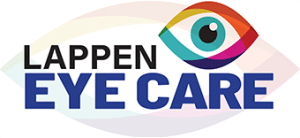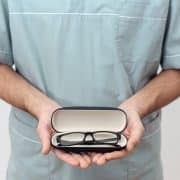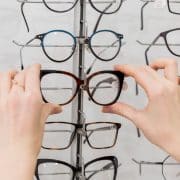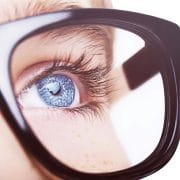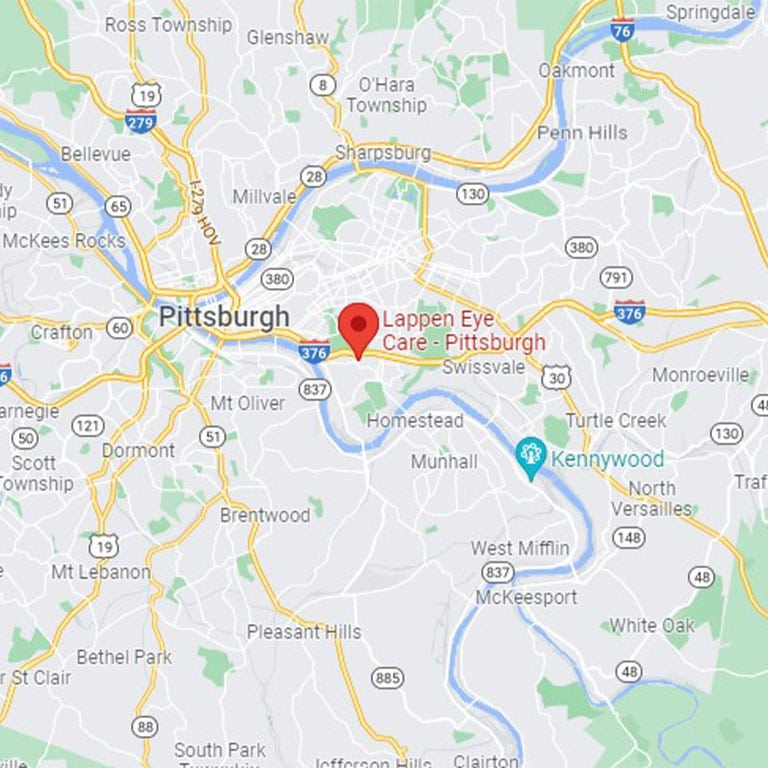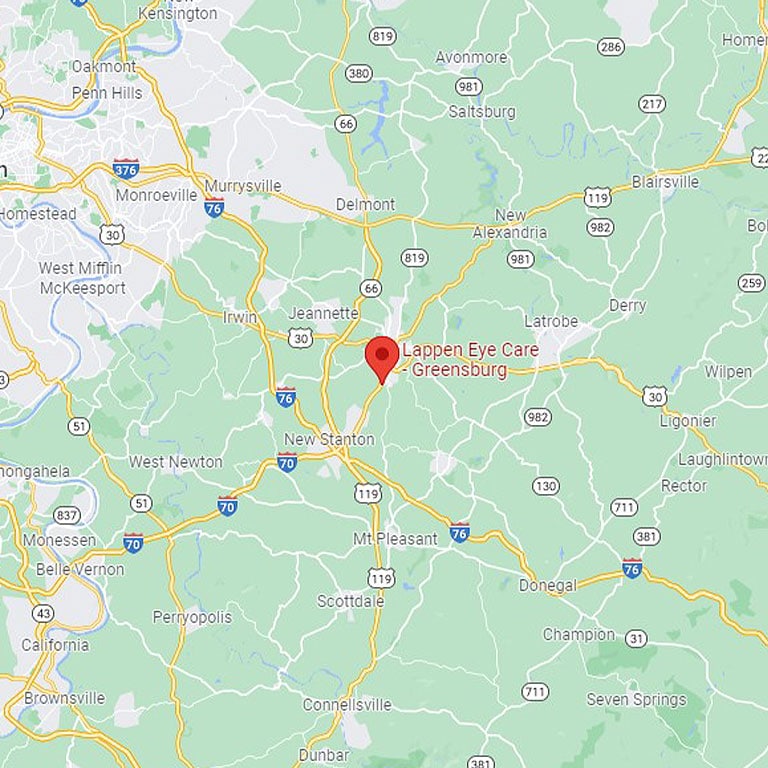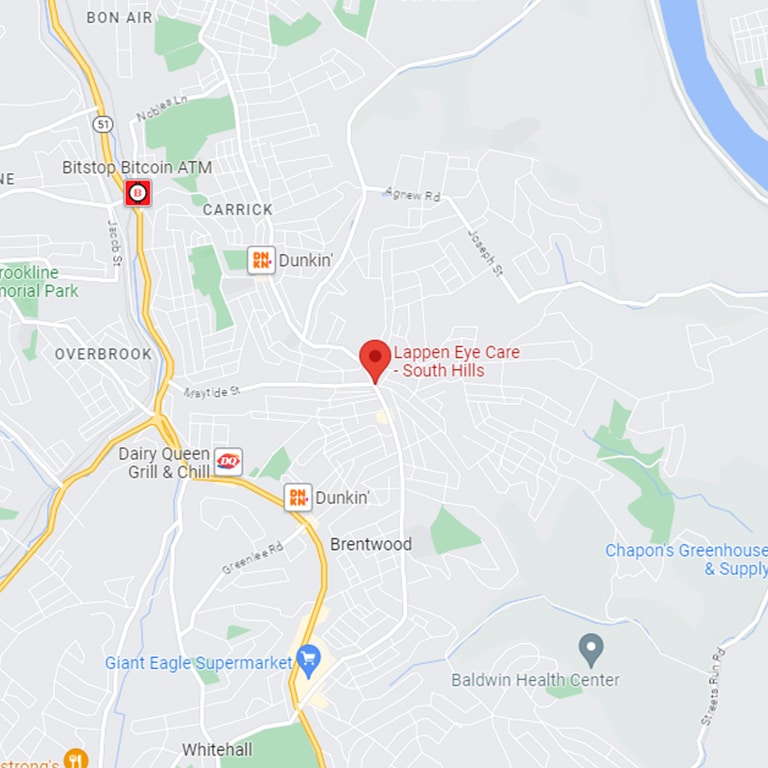How Blue Light Glasses Work
Blue light is of relatively new concern, based on the proliferation of screens in our daily lives. A popular solution to the exposure our eyes get to blue light is to wear—appropriately named—blue light glasses. These don’t block 100% of blue light, but they can reduce exposure to the point that they’re worth considering. You can ask your optometrist in Pittsburgh, PA for more specifics, but if you’re curious about how they work, here’s some helpful information.
Filtering vs. Blocking Blue Light
Not all blue light glasses work the same way. For instance, you can’t shell out for a pair of Bono-like glasses and think they’ll help your eyes as well as shield you from blue light. (Anyway, Bono reportedly wears his trademark trendy lenses to help with a different eye condition.) Just be careful which lenses you buy. Some lenses filter a percentage of blue light while still allowing some to pass through, making them ideal for daytime use. Others are designed to block almost all blue light, typically featuring a yellow or amber tint. These stronger lenses are often recommended for evening use to help reduce melatonin disruption.
Lens Coatings and Materials
Most blue light glasses use special coatings or embedded materials that selectively absorb blue light wavelengths. Unlike standard anti-reflective coatings, which reduce glare from screens and overhead lighting, blue light coatings specifically target the high-energy visible light range. Some advanced lenses also include anti-glare and anti-fatigue technology to enhance visual comfort.
Blue light glasses aren’t a replacement for common sense. Obviously the tip of your nose shouldn’t hit the computer screen, for instance. But they can be useful. If you struggle with eye comfort or eye strain, blue light glasses shouldn’t be your first step; a visit to your optometrist for an eye exam in Pittsburgh, PA is what you need. Contact us today to book it!

